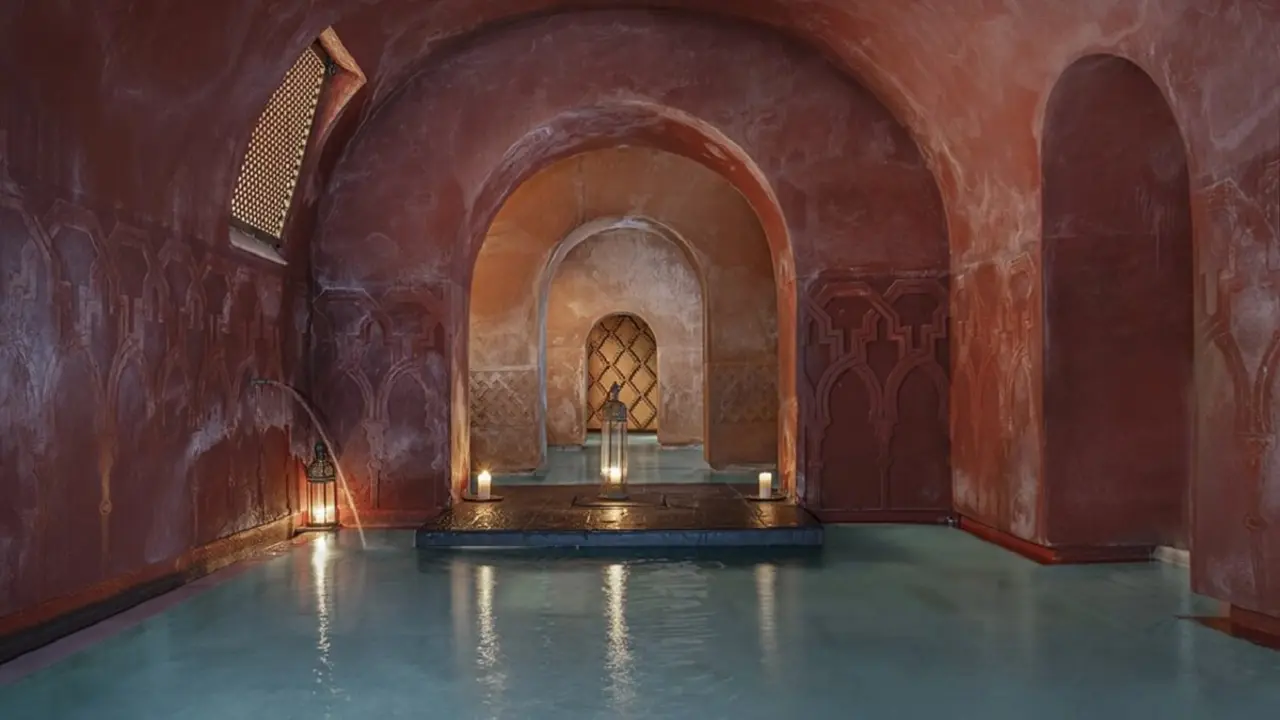The Ahmadiyya Muslim Community and Spain, a model of inter-religious coexistence

At a time of deep political and social division, marked by polarisation and sectarianism, religious confrontation has once again entered the scene. An onslaught baptised by Samuel P. Huntington as the "Clash of Civilisations". The eternal return of Islamic fundamentalism with the coming to power of the Taliban in Afghanistan seems to have reopened old wounds and increased the level of threat. This context, not at all conducive to the rapprochement of cultures, has not prevented the Ahmadiyya Muslim Community from organising an event of harmony and understanding, which is key to understanding the role of Islam in the history of Spain.
"Al-Andalus in Memory: Past and Present' is the title of a seminar organised by the Ahmadiyya Community in collaboration with the Mayor's Office of the Cordoba municipality of Pedro Abad and the UNESCO Chair in Conflict Resolution at the University of Cordoba, which will consist of nine sessions, one every Thursday, between 19:30 and 21:00.

The virtual conference was attended by the Mayoress of Pedro Abad, Magdalena Luque, and her predecessor, Miguel García. The director of the UNESCO Chair on Conflict Resolution at the University of Cordoba, Manuel Torres, and the highest representative of the Ahmadiyya Muslim Community, Abdul Razak, completed the list of guests. Finally, the spokesman for the Islamic Community, Qamal Fazal, was in charge of introducing and moderating the conference.
Fazal began the seminar by narrating the dizzying spread of Islam from its birth in the 7th century by the Prophet Muhammad to its arrival in the Iberian Peninsula in 711, giving way to the equally rapid rise of the Ahmadiyya community, a branch distanced from Shi'ism and Sunnism, the majority currents of Islam. Founded by Hazrat Mirza Ghulam Ahmad, it has spread to more than 200 countries and amassed tens of millions of followers worldwide in just 132 years of existence.

"We believe in a renaissance of Islam based on rational conquest," Fazal said. The community's efforts are directed in that direction, it is a self-financing organisation, based on the "tithes" of the faithful, and receives "nothing from any administration", the Ahmadi spokesman said.
Karam Ilahi Zafar. This is the name of the first Ahmadi missionary who established his base of operations in Spain, specifically in Madrid, and founded the headquarters of the Ahmadi Muslim Community in the Peninsula. He did so in 1946, coming from the village of Qadian where the founder of the Islamic branch was born. Zafar was the forerunner of the community in the country, a community that has grown exponentially in recent decades.

Fazal reviewed the recent history of Spain. Among the most interesting points of his speech were the links created during the years of dictatorship between the Ahmadi Community and the regime. At that time, "disclosure was not allowed except behind closed doors", Fazal stressed. It should be remembered that Franco's regime was built around national Catholicism. There was no religious freedom. A factor that did not prevent the leaders of the Ahmadi Muslim Community from remaining in the country.
In fact, the relationship between the political class and the Community was, in part, close. Franco himself and one of his ministers, Fraga, allowed the organisation to partially develop. However, the relationship became much more fluid after the opening up of democracy. The spokesman himself showed the correspondence between the representatives of the community and a series of Spanish politicians who played a leading role in the Transition, such as Fraga and Felipe González. And also later ones, such as José Luis Rodríguez Zapatero.

The mayoress of Pedro Abad, Magdalena Luque, took up the baton and recounted the links between the town and the Ahmadi community, with special emphasis on the beginnings of the construction of the Basharat mosque in the municipality. In 1980, the fourth Ahmadi Caliph, Mirza Tahir Ahmad, 'a dark-skinned man in a turban and tunic, accompanied by his wife', according to the descriptions, saw his wish and that of his companions fulfilled with the laying of the foundation stone of the historic place of worship.
One of those most responsible for that conquest was Miguel García, who was then the mayor of Pedro Abad. He became mayor at the age of 26 after the first municipal elections following four decades of dictatorship. García was a member of the Communist Party of Spain (PCE) and came to power as the second force in the municipality by making a pact with the PSOE. "Democracy was taking its first steps in Spain. Those were times of illusion and hope, but also of caution and upheaval," he recalled.

This did not deter him from accepting his share of responsibility in the construction of the mosque. He entrusted it to the municipal plenary, despite the fact that the decision "created a rather unpleasant situation for certain sectors of the locality". Against all odds, the assembly unanimously approved the measure. "In this way, article 16 of the Constitution was complied with," García concludes.
"Pedro Abad proved to be an open, respectful and welcoming people," the former mayor pointed out. "Everything was perfect for a twinning for both communities. Moreover, the town turned out en masse for the inauguration of the mosque," he recalled with nostalgia. However, for Professor Manuel Torres, it would not be possible to re-edit that event in the present. "No plenary session today would unanimously approve such a proposal.

Torres lamented the state of affairs. "Issues that were thought to have been overcome seem to have been ruined. A complete involution," he said. Pedro Abad was a model for inter-religious dialogue and coexistence. Principles that Emir Abdul Razak highlighted: "Our aim is to build a bridge between the Andalusia of the past and the Andalusia of the future, where only the positive aspects pass through", he concluded.







